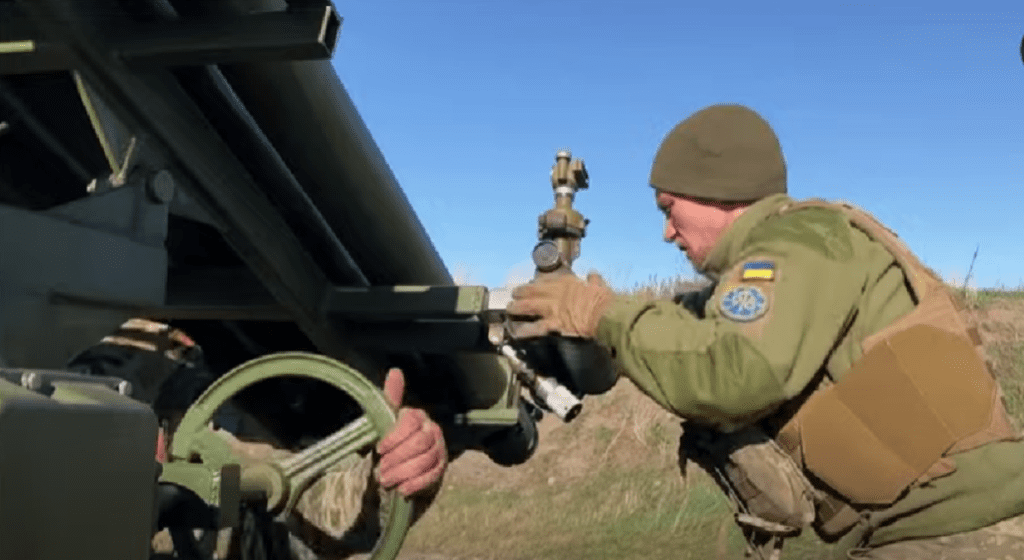In a recent operational triumph, the Russian Defense Ministry showcased an unparalleled ability to neutralize Ukrainian drones, extending its robust counter-drone prowess over the nation’s capital, Moscow. This article aims to meticulously dissect the intricacies of this remarkable feat, shedding light on the sophisticated methodologies employed by Russia to safeguard its airspace.
Cutting-edge Anti-Drone Technologies by Russia
Mastering Signal Jamming and Spoofing
At the forefront of Russia’s anti-drone strategy lies the seamless integration of advanced signal jamming and spoofing technologies. This strategic move involves disrupting communication signals between Ukrainian drones and their operators, rendering these unmanned aerial vehicles (UAVs) utterly ineffective over the skies of Moscow.
Precision through Radio Frequency Detection
Central to the Defense Ministry’s arsenal are state-of-the-art radio frequency detection systems, enabling precise identification and tracking of potential threats. This technological prowess ensures early detection, allowing for swift and accurate responses to evolving airborne dangers.

Fortification through Moscow’s Air Defense Network
Radar Vigilance: An Integrated Approach
Moscow’s defense against aerial threats is fortified by an intricately woven network of integrated radar systems strategically positioned across the city. These radar installations operate cohesively, providing real-time data on incoming drones. This real-time surveillance empowers Moscow with the ability to execute timely and precise countermeasures.
The Arsenal: Anti-Aircraft Artillery
Complementing electronic countermeasures is Moscow’s robust anti-aircraft artillery setup. This multi-layered defense mechanism guarantees a comprehensive shield against both small and large drones, solidifying Moscow’s position as an impregnable fortress confronting the ever-evolving aerial threats.
Synergistic Collaboration with Intelligence Agencies
A key contributor to Russia’s triumphant neutralization of Ukrainian drones is the seamless collaboration between the Defense Ministry and intelligence agencies. This harmonious synergy enhances situational awareness, enabling preemptive strikes against potential threats before they materialize into tangible dangers.
The Art of Strategic Planning
Anticipation through Predictive Modeling
An indispensable facet of Russia’s counter-drone strategy involves the sophisticated use of predictive modeling. By leveraging historical data and deploying cutting-edge machine learning algorithms, the Defense Ministry can anticipate potential drone incursions, paving the way for proactive and calculated measures.

Rapid Reaction: Emergency Response Protocols
In the face of a looming drone threat, Moscow’s defense apparatus adheres to meticulously defined emergency response protocols. These protocols guarantee a rapid and coordinated reaction, minimizing the risk of harm to the city and its residents.
Conclusion
The recent success of Russia in neutralizing Ukrainian drones over Moscow serves as a testament to the nation’s unwavering commitment to maintaining a secure airspace. The amalgamation of cutting-edge technologies, an impenetrable air defense network, and collaborative intelligence efforts positions Moscow at the zenith of counter-drone capabilities. As the global geopolitical landscape continues to evolve, Russia’s proactive and adaptive approach to aerial threats sets an unprecedented benchmark for nations aspiring to fortify their airspace against potential adversities.






